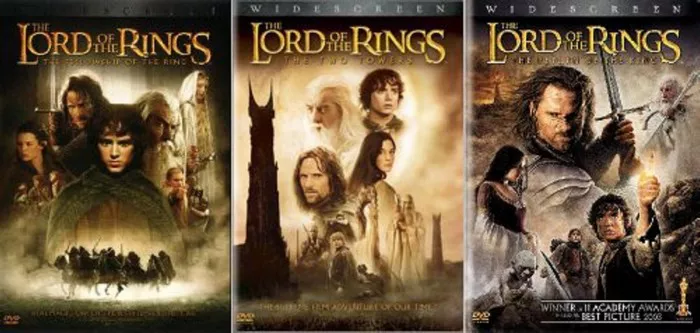“The Lord of the Rings,” J.R.R. Tolkien’s magnum opus, has not only captivated readers for decades but has also been adapted into various cinematic forms. As fans embark on their journey through Middle-earth, a common question arises: How many versions of Lord of the Rings are there? In this article, we will explore the different adaptations and releases of this iconic tale, providing a comprehensive overview of the multiverse of Middle-earth.
1. The Original Novels:
The Source Material:
J.R.R. Tolkien penned “The Lord of the Rings” as a trilogy, consisting of “The Fellowship of the Ring,” “The Two Towers,” and “The Return of the King.”
The novels, published between 1954 and 1955, form the foundation of the entire Lord of the Rings universe.
2. The Theatrical Releases:
Peter Jackson’s Trilogy:
Director Peter Jackson brought Middle-earth to the big screen with a film trilogy released in theaters.
The theatrical releases include “The Fellowship of the Ring” (2001), “The Two Towers” (2002), and “The Return of the King” (2003).
3. Extended Editions:
Enhanced Storytelling:
The Extended Editions, also directed by Peter Jackson, feature additional scenes not included in the theatrical releases.
Released on DVD and Blu-ray, these editions provide a more immersive and detailed exploration of Tolkien’s narrative.
4. The Animated Adaptation:
1978 Animated Film:
In 1978, an animated film titled “The Lord of the Rings” was released, directed by Ralph Bakshi.
The film covers a portion of the trilogy, leaving the story incomplete and leading to its unique place in the Lord of the Rings adaptations.
5. Radio Adaptations:
BBC Radio Productions:
The BBC produced radio adaptations of “The Lord of the Rings” in the 1980s and early 2000s.
These audio adaptations, featuring voice actors and sound effects, offer an alternative way to experience Tolkien’s world.
6. Video Games:
Digital Interactive Experiences:
Various video game adaptations of “The Lord of the Rings” have been developed over the years.
These games allow players to immerse themselves in Middle-earth, experiencing the story through interactive gameplay.
7. Stage Productions:
Live Theatrical Performances:
Stage adaptations of “The Lord of the Rings” have been produced, bringing the epic tale to live audiences.
These theatrical performances often employ innovative techniques to recreate the fantastical landscapes of Tolkien’s world.
8. Fan Edits and Alternate Versions:
Creative Fan Endeavors:
Enthusiastic fans have created their own edits, remixes, and alternative versions of the Lord of the Rings films.
These fan-generated adaptations showcase the enduring creativity and passion inspired by Tolkien’s work.
Conclusion:
In conclusion, the multiverse of Middle-earth spans a variety of adaptations, each offering a unique lens through which to experience J.R.R. Tolkien’s masterpiece. From the original novels that laid the foundation to Peter Jackson’s epic cinematic trilogy, animated and radio adaptations, video games, stage productions, and even fan-created versions, Lord of the Rings has found expression in diverse forms. Each adaptation contributes to the enduring legacy of Middle-earth, capturing the hearts and imaginations of audiences worldwide. As new technologies and creative endeavors continue to emerge, it is likely that the multiverse of Lord of the Rings will expand, inviting both seasoned fans and newcomers to explore the enchanting realms of Tolkien’s creation in fresh and exciting ways.

